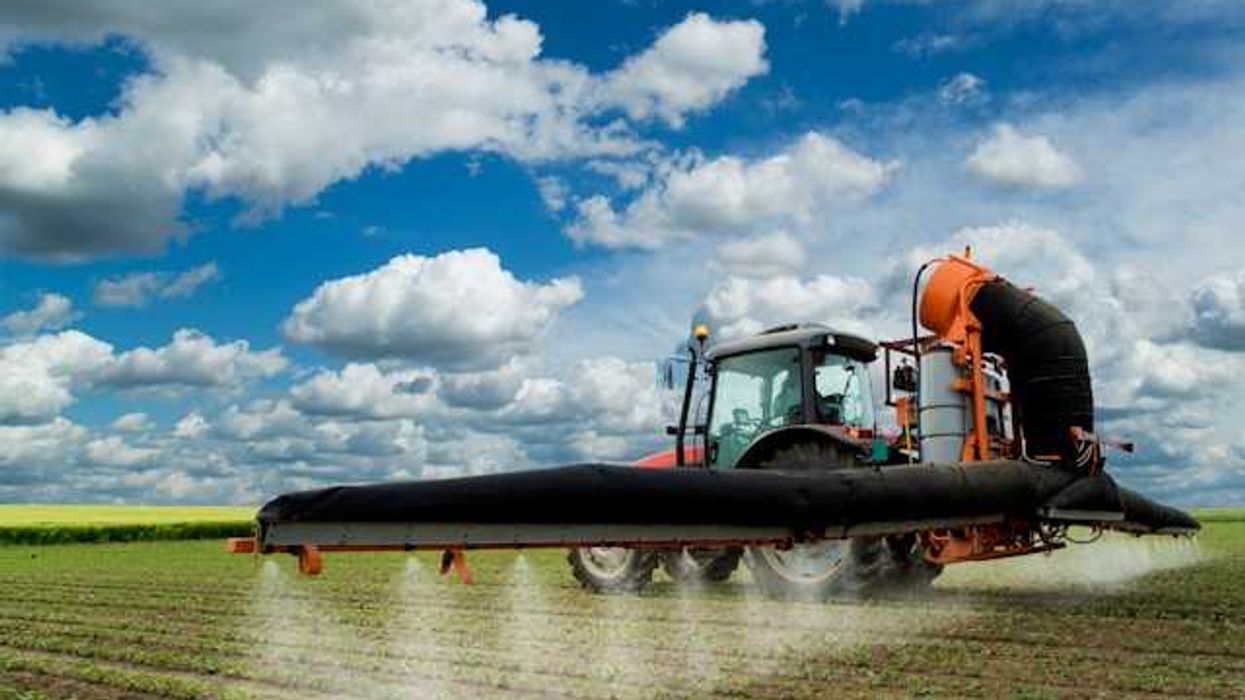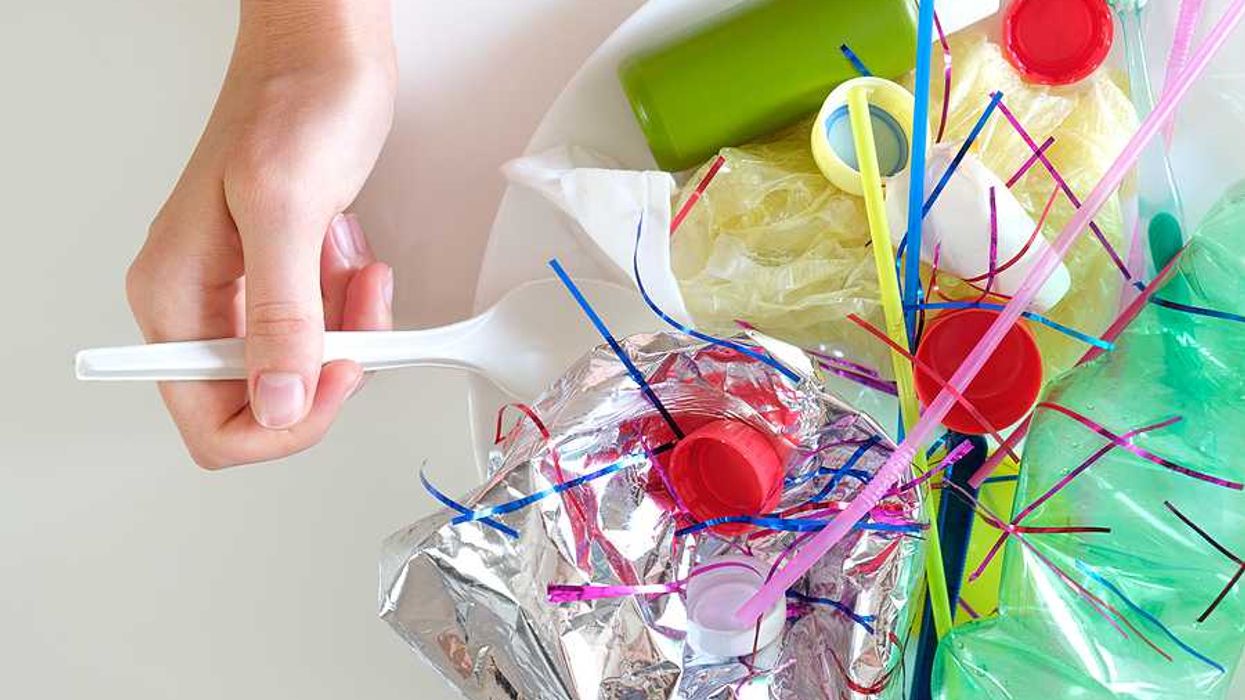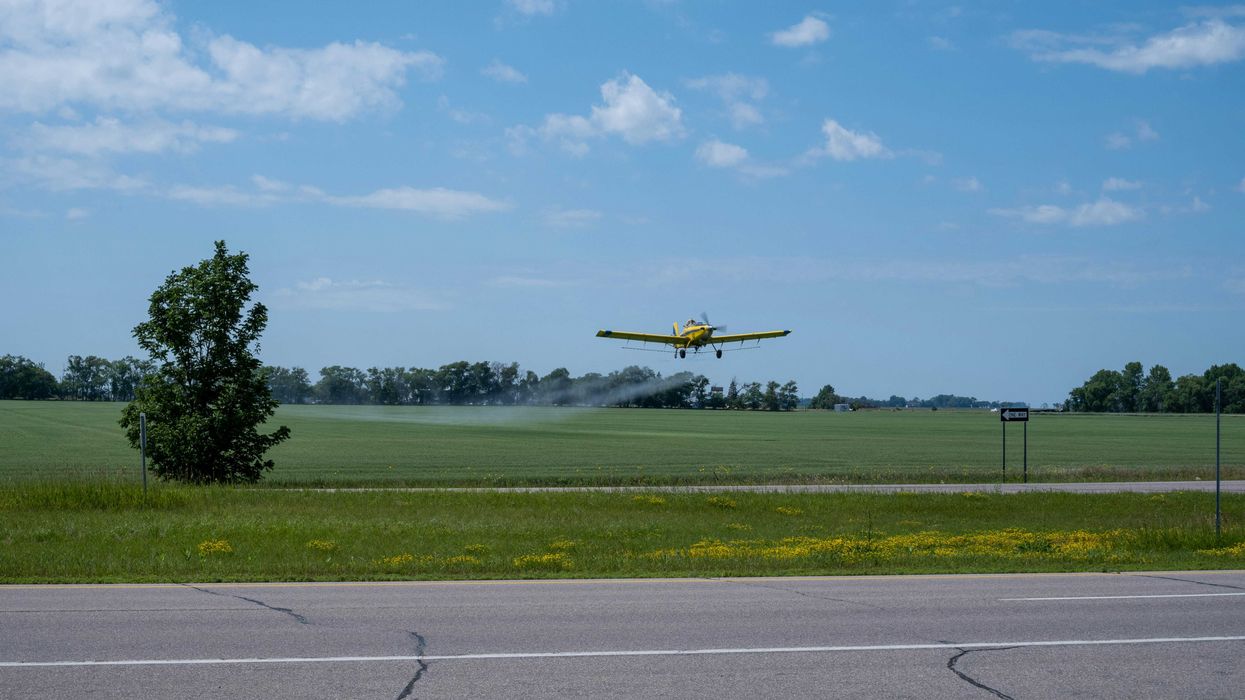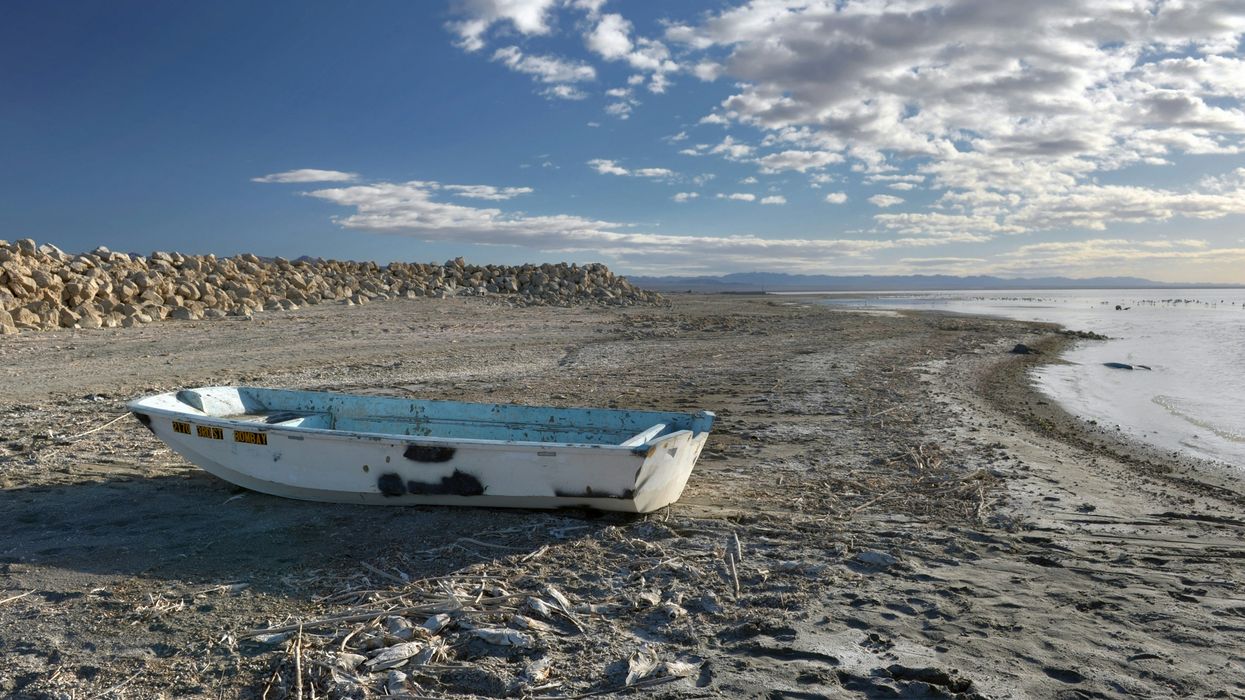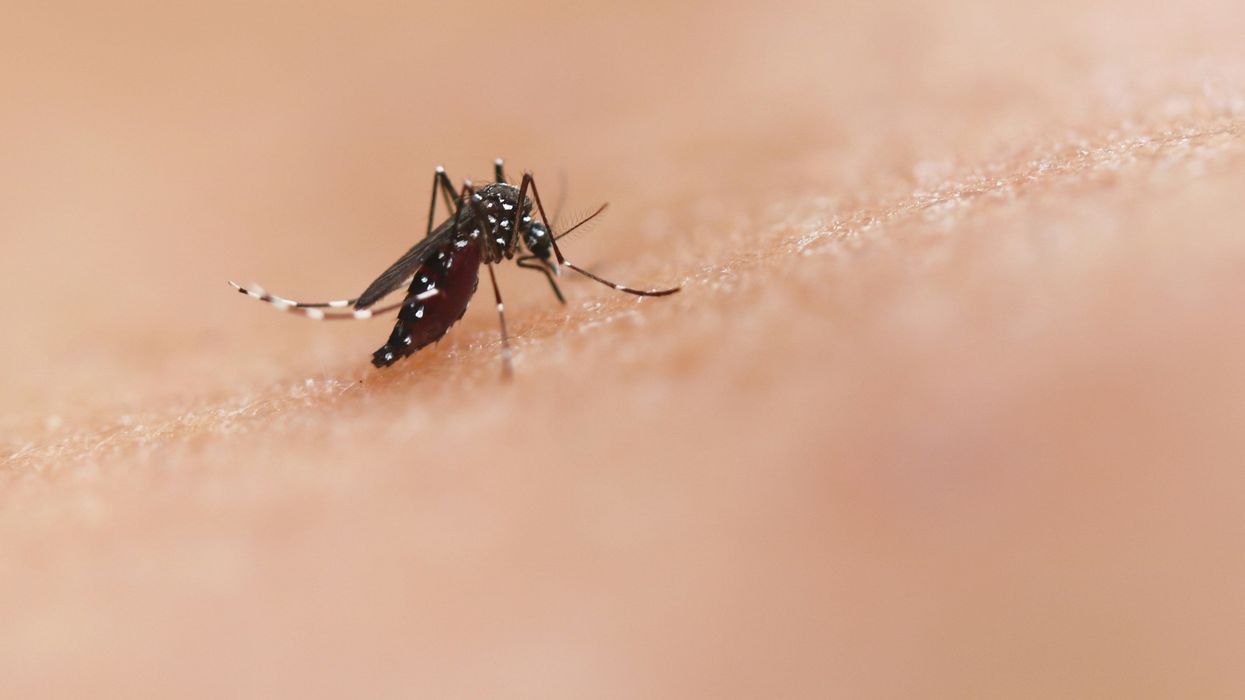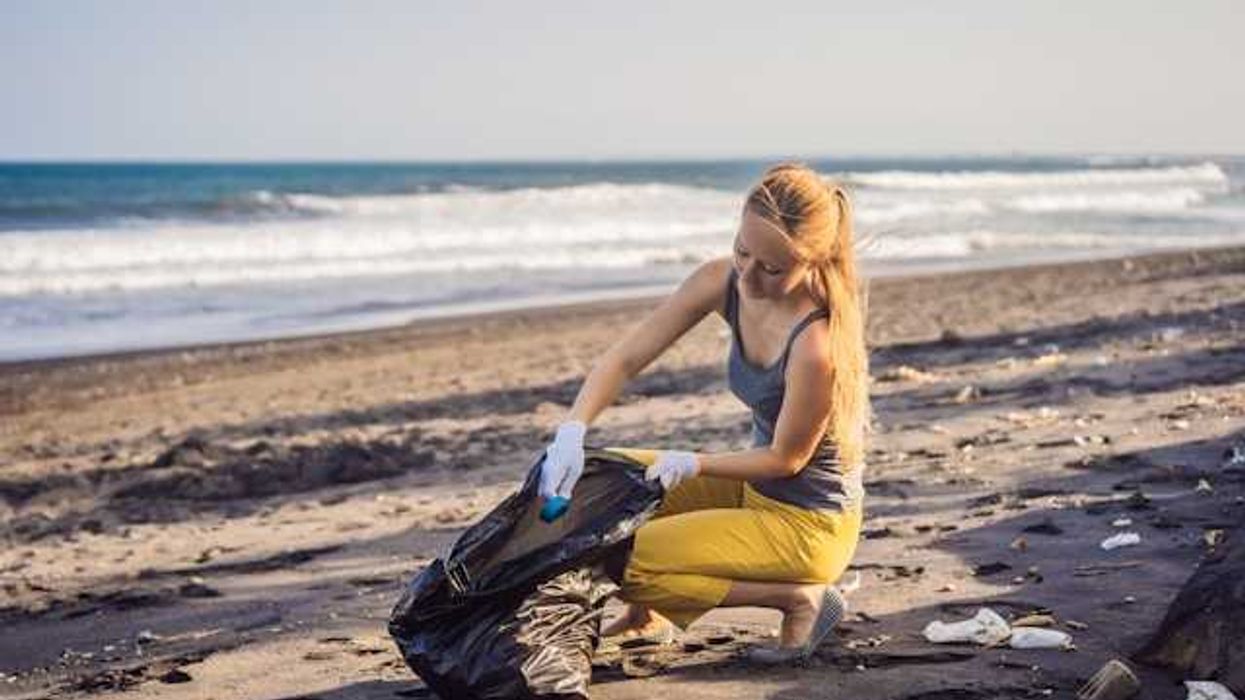Flame retardants are considered carcinogens, hormone disruptors and developmental toxics. Infants and children are especially vulnerable to the effects of flame retardants in chemical laden dust and toxic fumes since their systems are still developing, and most spend many hours in car seats.
The Children's Car Seat Study 2016 authors say this year’s findings are an improvement over previous years but there is still a lot to be concerned about. The Ecology Center last tested car seats in 2014.
For the first time no car seat contained chlorinated tris or related flame retardants, which are considered especially toxic. However, flame retardants were found in all 15 car seats tested and brominated flame retardants (typically persistent, bioaccumulative, often toxic, and in some cases, carcinogenic) were found in 13 out of 15.
In addition, while some manufacturers have stopped using some flame retardants with known hazards, like brominated ones, the health effects of many of the substitutes are unknown.
For the first time flame retardants were found widespread in the fabrics of car seats, not just in the internal foam cushions. The Ecology Center has not tested car seat fabrics in previous years.
However, on the good side, for the first time since testing started in 2006, no lead was detected in any seats.
The best news according to study author, Gillian Z. Miller, is that a totally flame retardant free car seat will hit the market in March 2017. UPPABaby’s Mesa Henry car seat uses naturally fire-resistant wool instead of flame retardants. The seat meets federal flammability requirements and testing by the Ecology Center confirmed the absence of flame retardants.
“Our goal is to push companies to change their design strategy and their chemical choices to make less hazardous products. The burden is on companies and UPPABaby has responded,” Miller said. She does acknowledge that flame retardant free models like UPPABaby come with a higher price tag.
Heather Stapleton, associate professor at Duke University’s Nicholas School of the Environment, currently focuses on the routes of human exposure to flame retardant chemicals in her research. She was part of a team that tested 1,400 consumer products, including car seats, this year. The research published in August in Environmental Science & Technology also found a decrease in highly toxic chlorinated tris flame retardants over the past two years.
Stapleton, like Miller, would also like to see not only car seats but also other products made fire safe without the use of additive flame retardants. “I’m more worried about mattresses and other components of cars. We need to look at a lot of other products too,” she said.
"Our goal is to push companies to change their design strategy and their chemical choices to make less hazardous products."-Gillian Miller, Ecology CenterThe Ecology Center report stresses that, despite the chemicals, car seats are critical safety devices.
“It is essential that parents put their kids in properly installed car seats, which provide vital crash protection, regardless of chemical hazard,” said the Ecology Center’s research director, Jeff Gearhart. “However, there are some seats that are healthier than others in terms of toxic chemical content.”
What can an anxious parent do if their child’s car seat is older or not rated highly by this report? Miller outlined some simple actions parents can take.
First, minimize time your child spends in a car seat, which means no napping in the seat, including when the seat is clipped into a stroller travel system. Next, is the classic advice to wash your and your child’s hands often. Hand washing reduces all kinds of toxics that get into our bodies through dust and babies especially are always putting their hands in their mouths. Lastly, vacuum your child’s car seat and your car as often as you can, because as Miller pointed out, cars themselves contain a lot of flame retardants.
A full database of all 392 car seats that have been screened by the Ecology Center in the past decade is available at www.HealthyStuff.org.




